Home>Renovation & DIY>Home Renovation Guides>What Is A Dutch Gable?
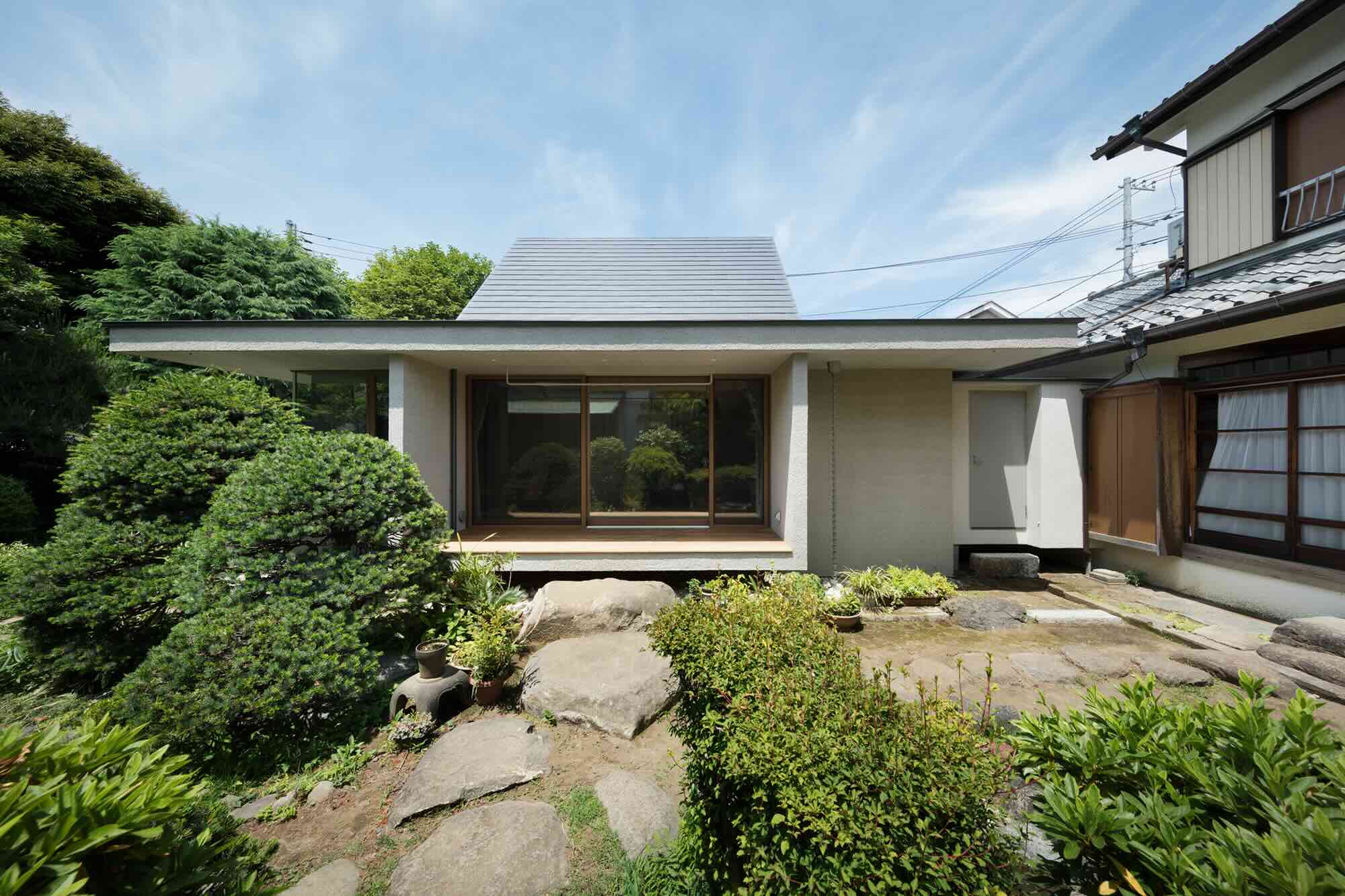

Home Renovation Guides
What Is A Dutch Gable?
Published: February 2, 2024
Learn about the Dutch gable, a distinctive architectural feature used in home renovations. Discover its history, design, and practical applications in our comprehensive guide. Ideal for homeowners seeking inspiration for their next renovation project.
(Many of the links in this article redirect to a specific reviewed product. Your purchase of these products through affiliate links helps to generate commission for Storables.com, at no extra cost. Learn more)
Introduction
When it comes to architectural design, the Dutch gable stands out as a distinctive and visually appealing feature that has been embraced by builders and homeowners for centuries. This unique architectural element adds character and charm to a wide range of structures, from historic buildings to modern homes. Understanding the Dutch gable and its significance in architectural design can provide valuable insights for anyone interested in home renovation, construction, or simply appreciating the artistry of buildings.
The Dutch gable, also known as a Flemish gable or Dutch hip, is a striking architectural feature that combines the functionality of a hip roof with the decorative flair of a gable. This fusion creates a visually captivating roofline that sets buildings apart and adds a touch of elegance to their exteriors. The Dutch gable is characterized by its distinct shape, which features a hip roof with a gable at the top, creating a unique and eye-catching silhouette.
As we delve deeper into the world of architectural design, exploring the Dutch gable allows us to appreciate the creativity and craftsmanship that have shaped buildings throughout history. From its origins to its modern-day applications, the Dutch gable has left an indelible mark on architectural landscapes around the world. By examining its defining characteristics, historical significance, and practical benefits, we can gain a deeper understanding of the Dutch gable's enduring appeal and its role in shaping the built environment.
As we embark on this exploration of the Dutch gable, we will uncover the rich history and cultural influences that have shaped this architectural feature. Additionally, we will examine the practical advantages and aesthetic benefits of incorporating a Dutch gable into building designs. By the end of this journey, you will have a newfound appreciation for the Dutch gable and its impact on the world of architecture and design.
Key Takeaways:
- The Dutch gable is a unique architectural feature that combines the elegance of a gable with the stability of a hip roof, adding timeless charm and structural integrity to buildings of all styles.
- With its distinctive silhouette, ornate detailing, and cultural significance, the Dutch gable enhances curb appeal, withstands harsh weather, and adds value to properties, making it a sought-after choice for architectural designs.
Read more: What Is A Gable Roof
Definition of a Dutch Gable
A Dutch gable, also known as a Flemish gable or Dutch hip, is a distinctive architectural feature that combines the functional characteristics of a hip roof with the decorative elements of a gable. This unique fusion results in a roofline that exudes elegance and visual appeal. The Dutch gable is characterized by its distinct shape, featuring a hip roof with a gable at the top, creating a striking silhouette that sets buildings apart.
The defining feature of a Dutch gable is the combination of a hip roof, which slopes downward from all sides, with a gable, which is a triangular portion of a wall between the edges of a dual-pitched roof. This combination results in a roof that has the stability and resistance to strong winds associated with a hip roof, while also showcasing the decorative and ornamental aspects of a gable. The gable portion is typically adorned with decorative elements such as moldings, pediments, or ornate carvings, adding a touch of sophistication to the overall architectural design.
One of the key characteristics of a Dutch gable is its versatility, as it can be incorporated into a wide range of architectural styles, from traditional to contemporary. This adaptability has contributed to the enduring popularity of Dutch gables in various cultural and geographical contexts. Whether adorning historic buildings, residential homes, or commercial structures, the Dutch gable serves as a timeless and elegant architectural feature that enhances the visual appeal of any building.
In essence, the Dutch gable represents a harmonious blend of form and function, combining practical roofing elements with decorative embellishments to create a visually captivating and structurally sound architectural feature. Its unique design and aesthetic appeal make the Dutch gable a sought-after choice for those seeking to add character and charm to their buildings, while also ensuring structural integrity and weather resistance.
Overall, the Dutch gable stands as a testament to the artistry and ingenuity of architectural design, showcasing the seamless integration of practicality and aesthetics in the built environment. Its timeless allure and adaptability make it a compelling choice for architects, builders, and homeowners looking to elevate the visual impact of their structures while embracing a rich architectural tradition.
Characteristics of a Dutch Gable
The Dutch gable is distinguished by several key characteristics that contribute to its visual appeal and structural integrity. Understanding these defining features provides valuable insights into the unique allure of this architectural element.
1. Distinctive Silhouette
The most prominent characteristic of a Dutch gable is its distinct silhouette, which combines the sloping lines of a hip roof with the decorative triangular gable at the top. This fusion creates a visually striking profile that sets buildings apart and adds a touch of elegance to their exteriors.
2. Decorative Ornamentation
A hallmark of the Dutch gable is its ornate decorative elements, often adorning the gable portion. These embellishments may include intricate moldings, pediments, ornate carvings, or other decorative features that enhance the aesthetic appeal of the gable. This decorative detailing adds a sense of grandeur and sophistication to the overall architectural design.
Read more: What Is Gable Vent?
3. Versatility in Design
The Dutch gable exhibits remarkable versatility in design, allowing it to seamlessly integrate with a wide range of architectural styles. Whether gracing historic buildings, traditional homes, or modern structures, the Dutch gable adapts to various design aesthetics, making it a timeless and adaptable architectural feature.
4. Structural Stability
Beyond its decorative allure, the Dutch gable offers structural stability and resistance to strong winds, thanks to its hip roof configuration. This stability makes it a practical choice for regions prone to inclement weather, providing both aesthetic appeal and functional durability.
5. Cultural Significance
With a rich historical legacy, the Dutch gable carries cultural significance, particularly in regions where it has been a prevalent architectural feature for centuries. Its presence in historic buildings reflects a tradition of craftsmanship and architectural artistry, contributing to the cultural heritage of the built environment.
6. Timeless Appeal
The enduring appeal of the Dutch gable lies in its timeless aesthetic, which transcends architectural trends and fads. Its classic elegance and graceful proportions have stood the test of time, making it a sought-after architectural feature for those seeking to imbue their structures with enduring charm and visual distinction.
In summary, the characteristics of a Dutch gable encompass its distinctive silhouette, decorative ornamentation, design versatility, structural stability, cultural significance, and timeless appeal. These defining features collectively contribute to the Dutch gable's enduring allure and its role as a captivating architectural element that enhances the visual impact of buildings.
Read more: What Is A Gable On A Roof?
History of the Dutch Gable
The history of the Dutch gable is a fascinating journey that intertwines architectural evolution with cultural influences, spanning centuries of craftsmanship and design innovation. Originating in the Netherlands during the Renaissance period, the Dutch gable emerged as a prominent feature in the architectural landscape of Dutch cities and beyond. Its evolution reflects a convergence of artistic, technological, and cultural developments that have left an indelible mark on the built environment.
During the 16th and 17th centuries, the Dutch Republic experienced a flourishing period known as the Dutch Golden Age, characterized by unprecedented economic prosperity, maritime trade dominance, and a burgeoning culture of arts and sciences. This era of prosperity and cultural advancement provided fertile ground for architectural innovation, leading to the emergence of the Dutch gable as a distinctive element in building design.
The Dutch gable's design was influenced by a blend of architectural styles, including Renaissance and Baroque influences, which were characterized by ornate detailing and decorative elements. This fusion of styles gave rise to the unique silhouette of the Dutch gable, combining the practicality of a hip roof with the decorative flair of a gable, resulting in a visually captivating and structurally sound architectural feature.
The prevalence of the Dutch gable in the Netherlands was not limited to grand civic buildings and merchant houses; it also extended to residential homes and urban dwellings. The widespread adoption of the Dutch gable in various building types underscored its versatility and enduring appeal, making it an integral part of the Dutch architectural tradition.
As Dutch influence spread through trade and cultural exchange, the Dutch gable found its way to other regions, leaving an imprint on the architectural styles of cities such as Antwerp, Hamburg, and even as far as the Dutch colonial settlements in the New World. Its presence in these diverse locales speaks to the widespread admiration for the aesthetic and structural qualities of the Dutch gable, transcending geographical boundaries and cultural contexts.
Today, the legacy of the Dutch gable endures, with its influence evident in the preservation of historic buildings and the incorporation of Dutch gable-inspired elements in contemporary architectural designs. Its rich history and cultural significance continue to inspire architects, builders, and admirers of architectural heritage, ensuring that the Dutch gable remains a timeless symbol of craftsmanship and design excellence.
In summary, the history of the Dutch gable is a testament to the enduring legacy of architectural innovation and cultural exchange, reflecting the evolution of design sensibilities and the lasting impact of Dutch architectural traditions on the global built environment.
Examples of Dutch Gable Architecture
The Dutch gable has left an indelible mark on architectural landscapes, gracing a myriad of structures with its distinctive silhouette and ornate detailing. From historic landmarks to contemporary residences, the Dutch gable has been embraced as a timeless architectural feature, adding character and elegance to buildings around the world.
Historic Buildings
In cities such as Amsterdam and Antwerp, the Dutch gable adorns historic merchant houses, civic buildings, and canal-side residences, serving as a testament to the architectural legacy of the Dutch Golden Age. These grand structures showcase the intricate craftsmanship and decorative embellishments that define the Dutch gable, contributing to the cultural heritage of their respective cities.
Residential Homes
In residential architecture, the Dutch gable has been a popular choice for homeowners seeking to infuse their properties with classic charm and visual distinction. From quaint cottages to stately manors, the Dutch gable lends a sense of timeless elegance to residential facades, creating a captivating roofline that enhances the overall aesthetic appeal of the homes.
Read more: What Is A Green Gable?
Urban Dwellings
Even in urban settings, the Dutch gable makes its presence known, adorning townhouses and urban dwellings with its graceful silhouette and decorative elements. Whether nestled among bustling city streets or lining picturesque avenues, buildings featuring Dutch gables contribute to the architectural diversity and visual allure of urban landscapes.
Contemporary Applications
In modern architectural designs, the Dutch gable continues to inspire innovative interpretations, with architects incorporating elements of the Dutch gable into contemporary structures. From sleek urban residences to commercial developments, the Dutch gable serves as a source of inspiration, blending tradition with modern design sensibilities to create visually captivating and harmonious architectural compositions.
Cultural Influences
Beyond its physical manifestations, the Dutch gable has also influenced cultural representations, appearing in art, literature, and popular culture as a symbol of architectural elegance and historical significance. Its enduring presence in cultural depictions underscores its status as an iconic architectural feature that transcends mere functionality, embodying a sense of artistry and cultural resonance.
In essence, the examples of Dutch gable architecture span a diverse array of buildings, each showcasing the enduring allure and timeless appeal of this distinctive architectural feature. Whether gracing historic landmarks, residential homes, urban dwellings, or contemporary structures, the Dutch gable continues to captivate admirers of architectural beauty and serves as a testament to the enduring legacy of craftsmanship and design excellence.
Benefits of Using a Dutch Gable
The incorporation of a Dutch gable into architectural designs offers a myriad of benefits that extend beyond its visual appeal. From practical functionality to aesthetic enhancement, the Dutch gable serves as a valuable addition to buildings, enriching their overall character and structural integrity.
-
Enhanced Curb Appeal: The Dutch gable's distinctive silhouette and ornate detailing contribute to enhanced curb appeal, making buildings stand out with a sense of timeless elegance. Whether adorning residential homes or commercial structures, the Dutch gable adds a touch of sophistication that elevates the visual impact of the entire property.
-
Architectural Versatility: One of the key benefits of using a Dutch gable lies in its architectural versatility. This feature seamlessly integrates with a wide range of architectural styles, from traditional to contemporary, allowing architects and builders to incorporate the Dutch gable into diverse design aesthetics, thereby enhancing the overall architectural composition.
-
Weather Resistance: The hip roof configuration of the Dutch gable provides enhanced weather resistance, making it a practical choice for regions prone to strong winds and inclement weather. The stability and durability offered by the Dutch gable contribute to long-term structural integrity, providing peace of mind for homeowners and building occupants.
-
Cultural Significance: Beyond its functional benefits, the Dutch gable carries cultural significance, particularly in regions where it has been a prevalent architectural feature for centuries. Its presence in historic buildings reflects a tradition of craftsmanship and architectural artistry, contributing to the cultural heritage of the built environment.
-
Increased Property Value: The addition of a Dutch gable can enhance the overall value of a property, as it contributes to the aesthetic appeal and architectural distinction of the building. This can be particularly advantageous for homeowners looking to increase the market value of their properties or for developers seeking to create visually captivating structures with enduring appeal.
-
Timeless Elegance: The Dutch gable's enduring aesthetic appeal transcends architectural trends, embodying a sense of timeless elegance that resonates with admirers of architectural beauty. Its classic proportions and graceful silhouette stand as a testament to the enduring allure of this architectural feature.
In summary, the benefits of using a Dutch gable encompass enhanced curb appeal, architectural versatility, weather resistance, cultural significance, increased property value, and timeless elegance. These advantages collectively underscore the value of incorporating a Dutch gable into architectural designs, enriching buildings with both visual distinction and practical benefits.
Read more: What Is A Gable Window?
Conclusion
In conclusion, the Dutch gable stands as a testament to the enduring legacy of architectural innovation and cultural exchange. Its distinctive silhouette, ornate detailing, and structural stability have made it a sought-after architectural feature that transcends geographical boundaries and cultural contexts. From its origins in the Netherlands during the Renaissance period to its widespread influence on architectural styles across the globe, the Dutch gable has left an indelible mark on the built environment.
The rich history of the Dutch gable reflects the convergence of artistic, technological, and cultural developments, showcasing the seamless integration of practicality and aesthetics in architectural design. Its enduring presence in historic buildings, residential homes, urban dwellings, and contemporary structures underscores its adaptability and timeless appeal, making it a captivating architectural element that enhances the visual impact of buildings.
The benefits of using a Dutch gable, including enhanced curb appeal, architectural versatility, weather resistance, cultural significance, increased property value, and timeless elegance, further underscore its value in architectural designs. Whether gracing historic landmarks, residential properties, or modern developments, the Dutch gable continues to captivate admirers of architectural beauty and serves as a testament to the enduring legacy of craftsmanship and design excellence.
As we reflect on the Dutch gable's journey through history and its enduring presence in the contemporary architectural landscape, we gain a deeper appreciation for its cultural significance and architectural allure. The Dutch gable represents more than a mere architectural feature; it embodies a tradition of craftsmanship, a sense of timeless elegance, and a lasting legacy that continues to inspire architects, builders, and admirers of architectural heritage.
In essence, the Dutch gable serves as a symbol of architectural elegance and historical significance, enriching the built environment with its timeless allure and enduring charm. Its legacy as a captivating architectural feature ensures that the Dutch gable will continue to shape the architectural landscape and inspire awe for generations to come.
Frequently Asked Questions about What Is A Dutch Gable?
Was this page helpful?
At Storables.com, we guarantee accurate and reliable information. Our content, validated by Expert Board Contributors, is crafted following stringent Editorial Policies. We're committed to providing you with well-researched, expert-backed insights for all your informational needs.
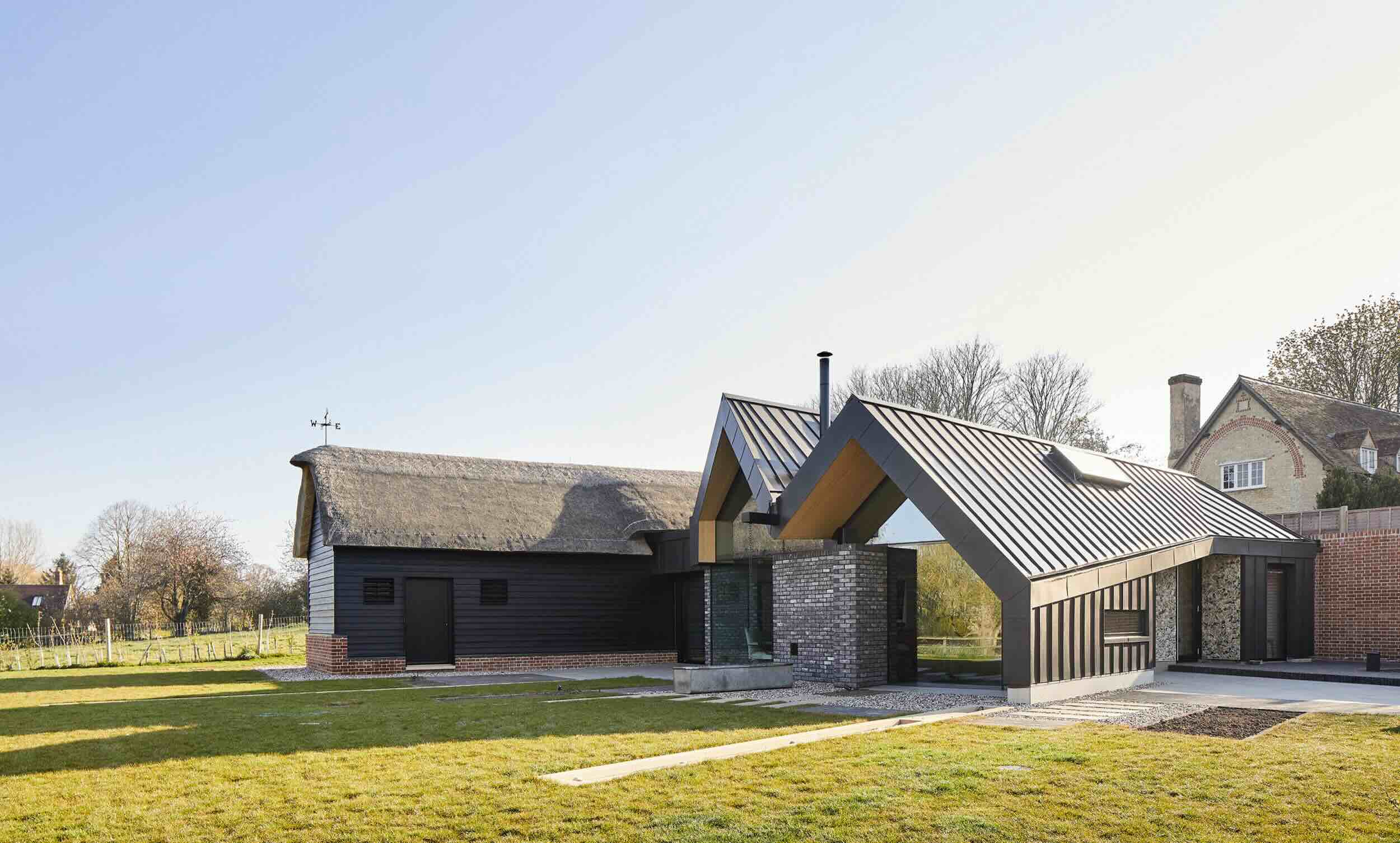
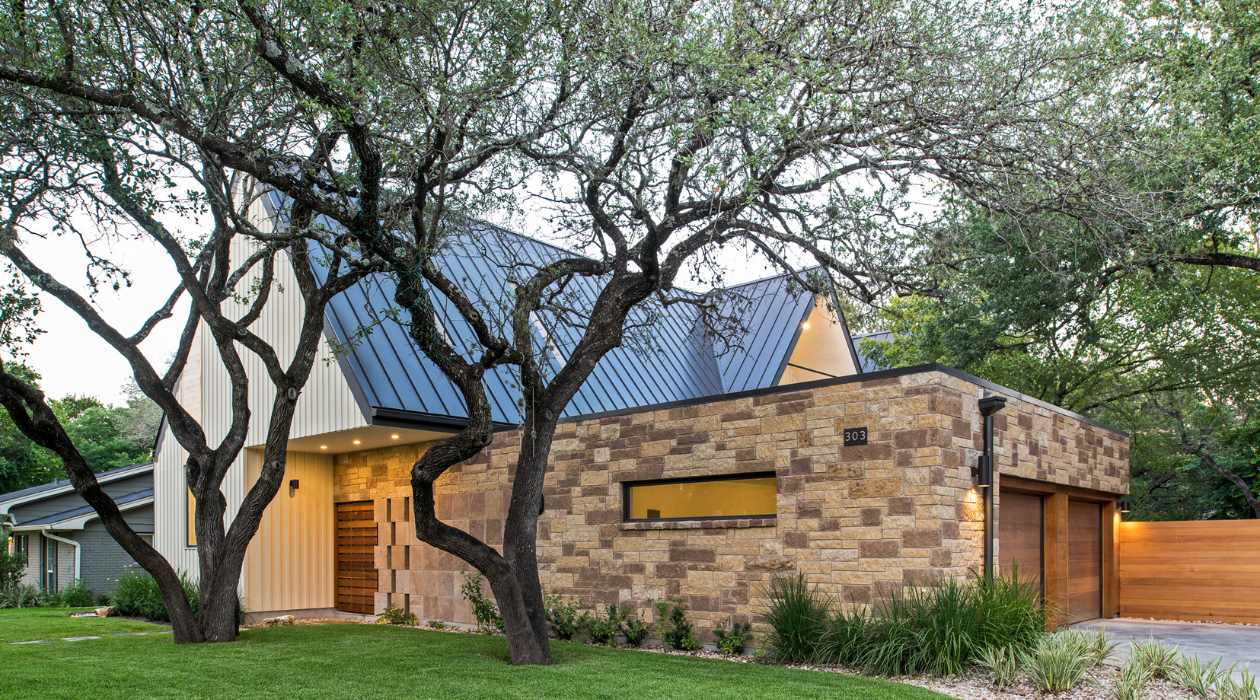
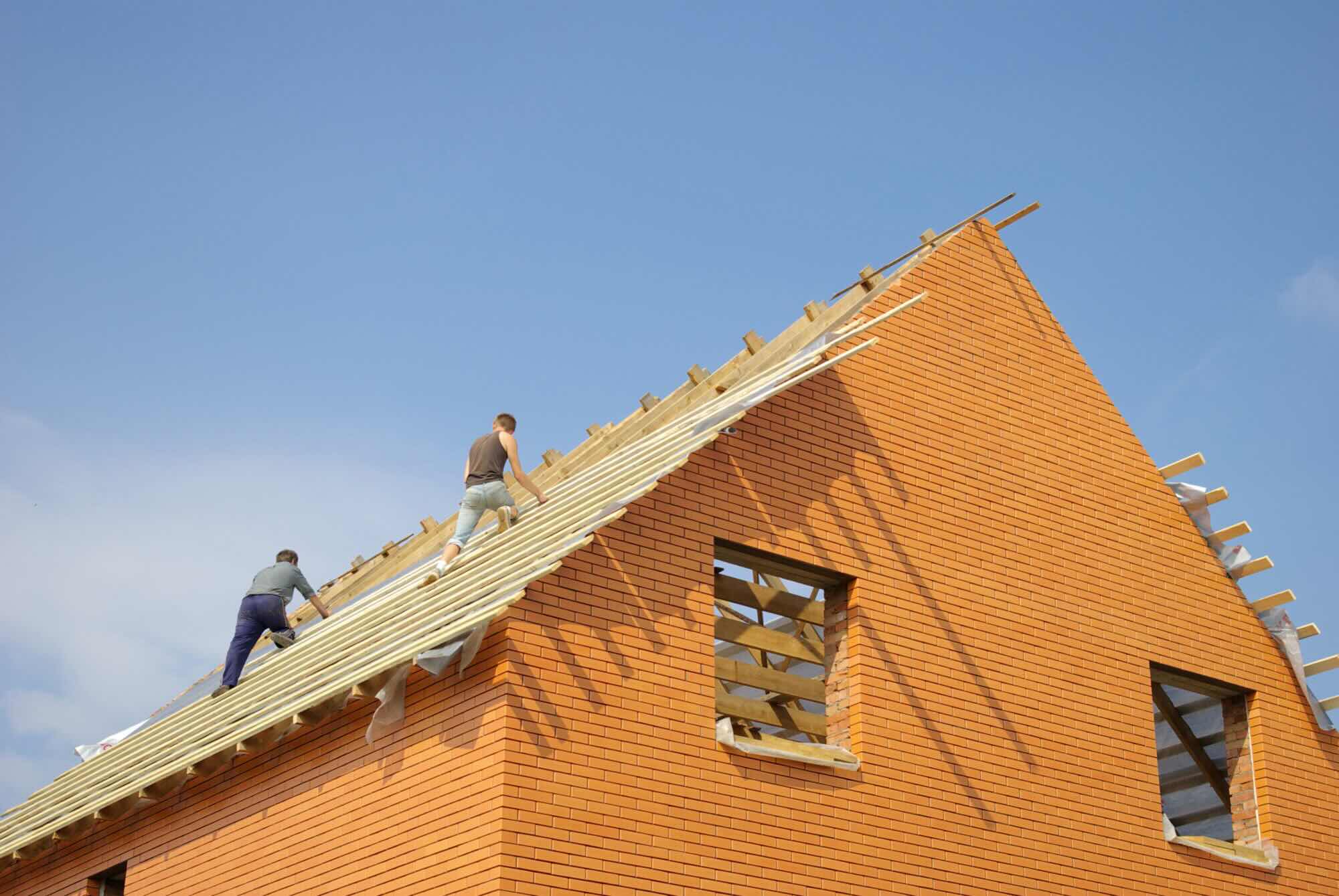
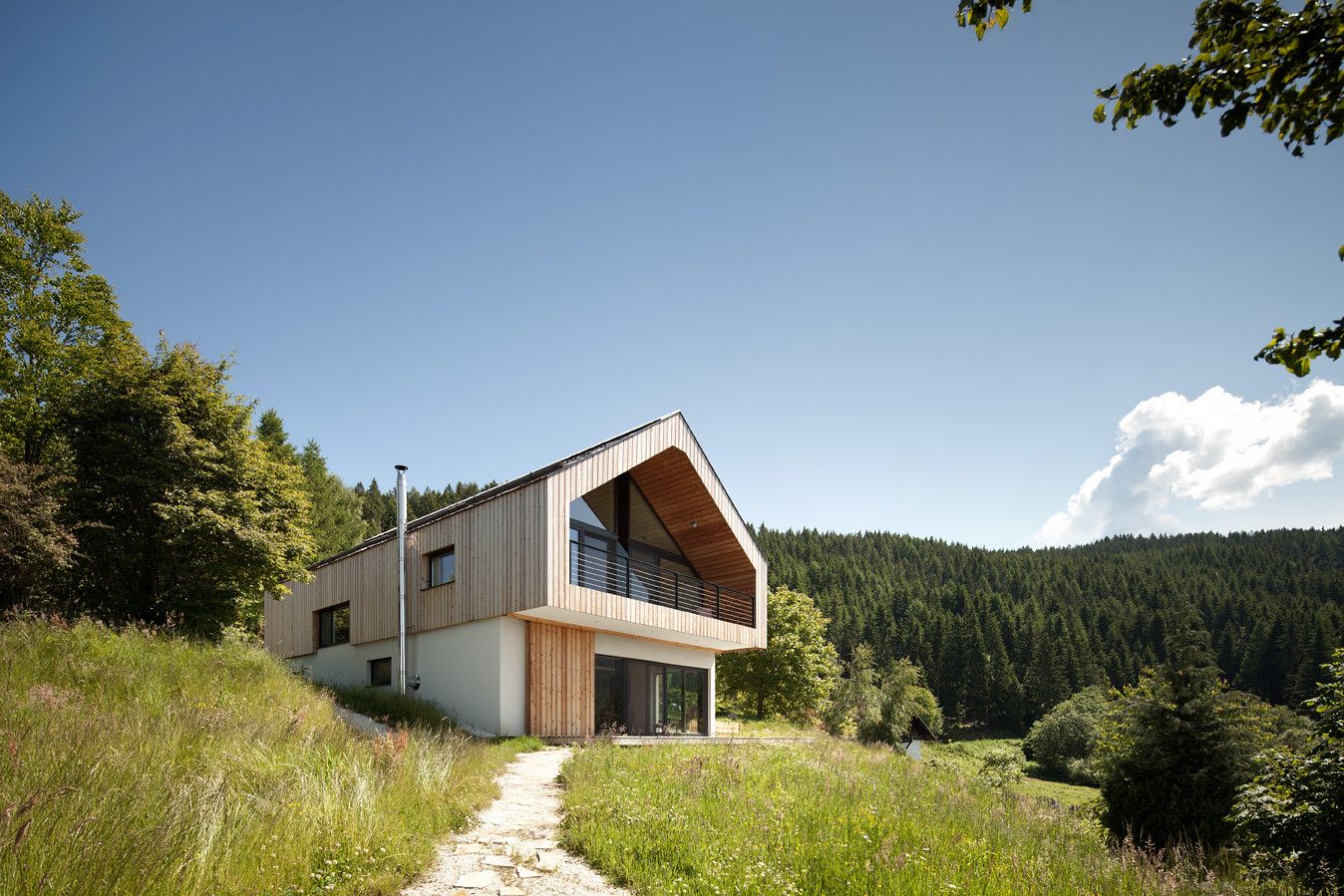
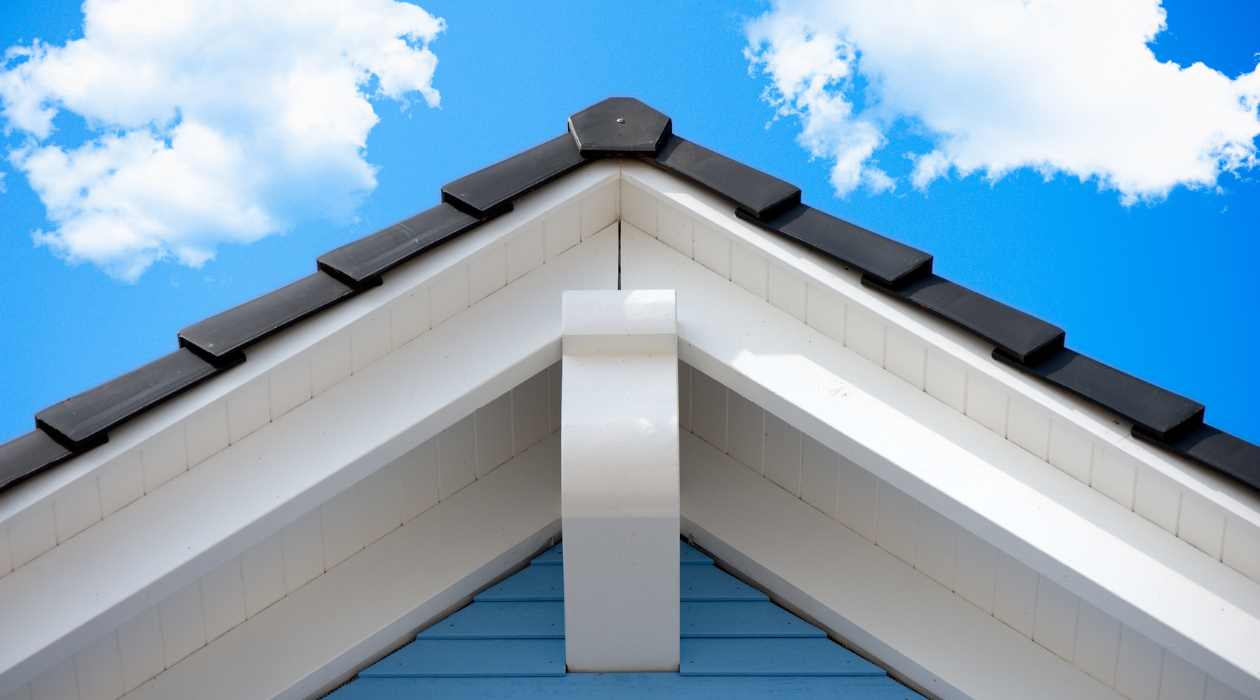
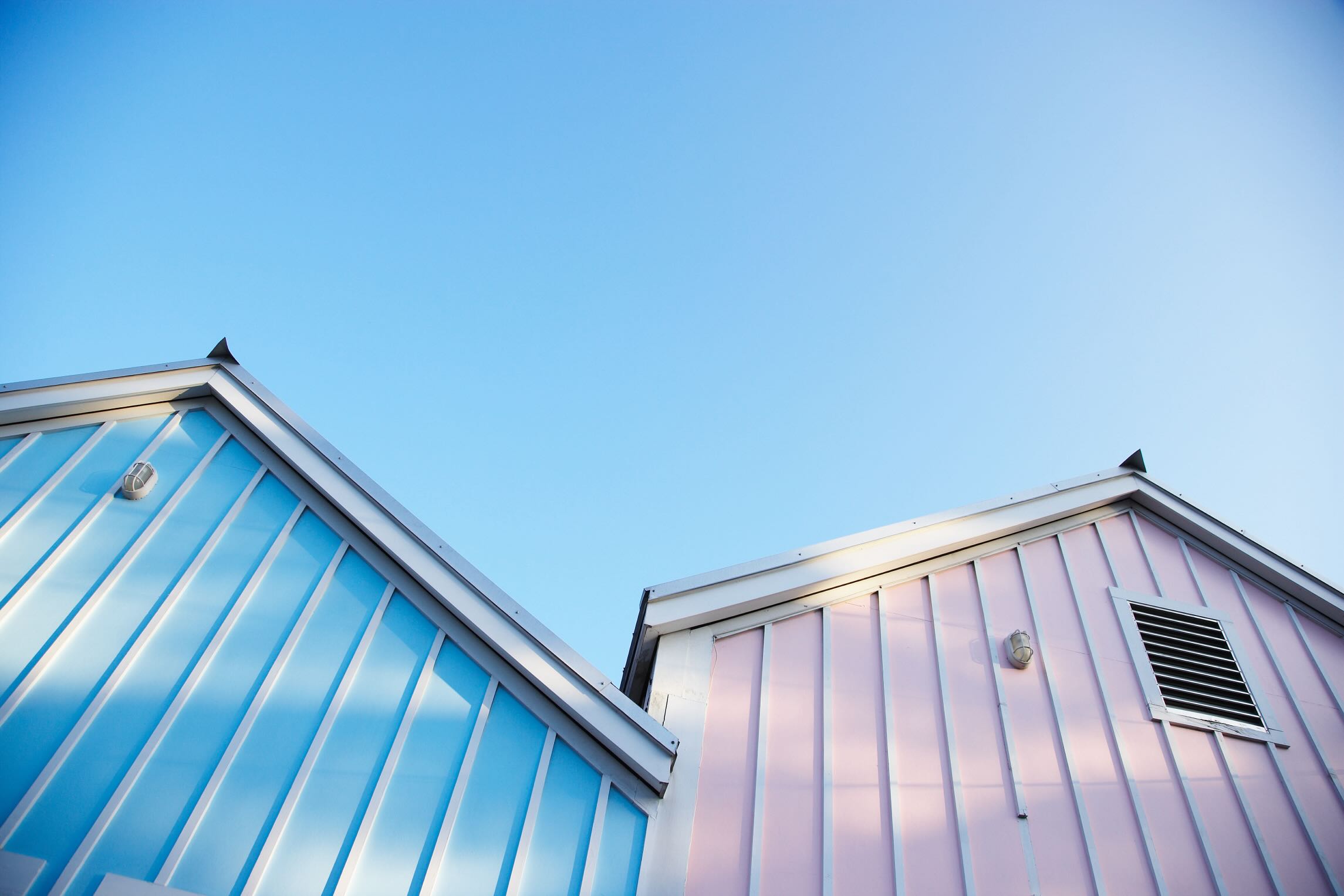
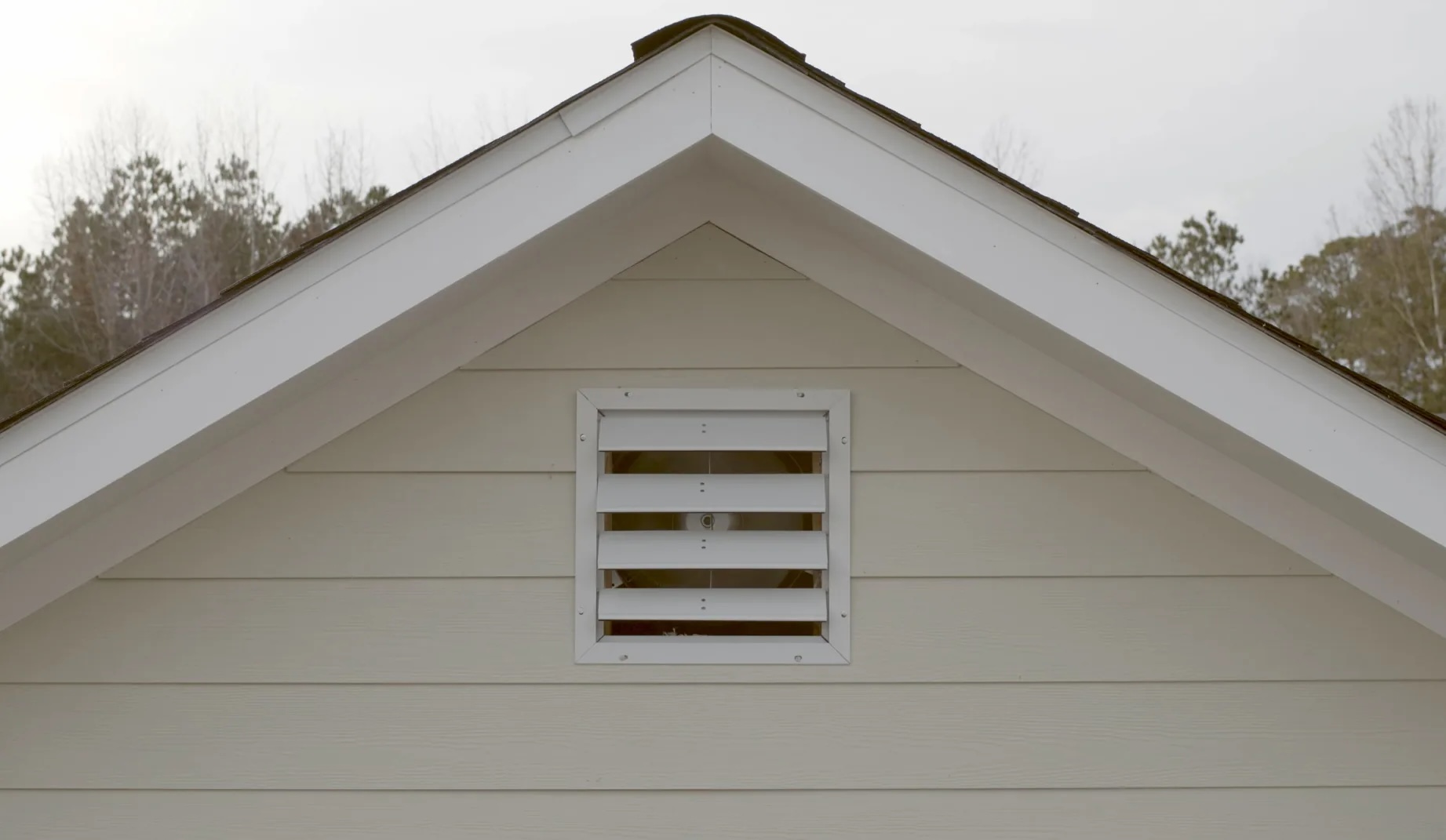
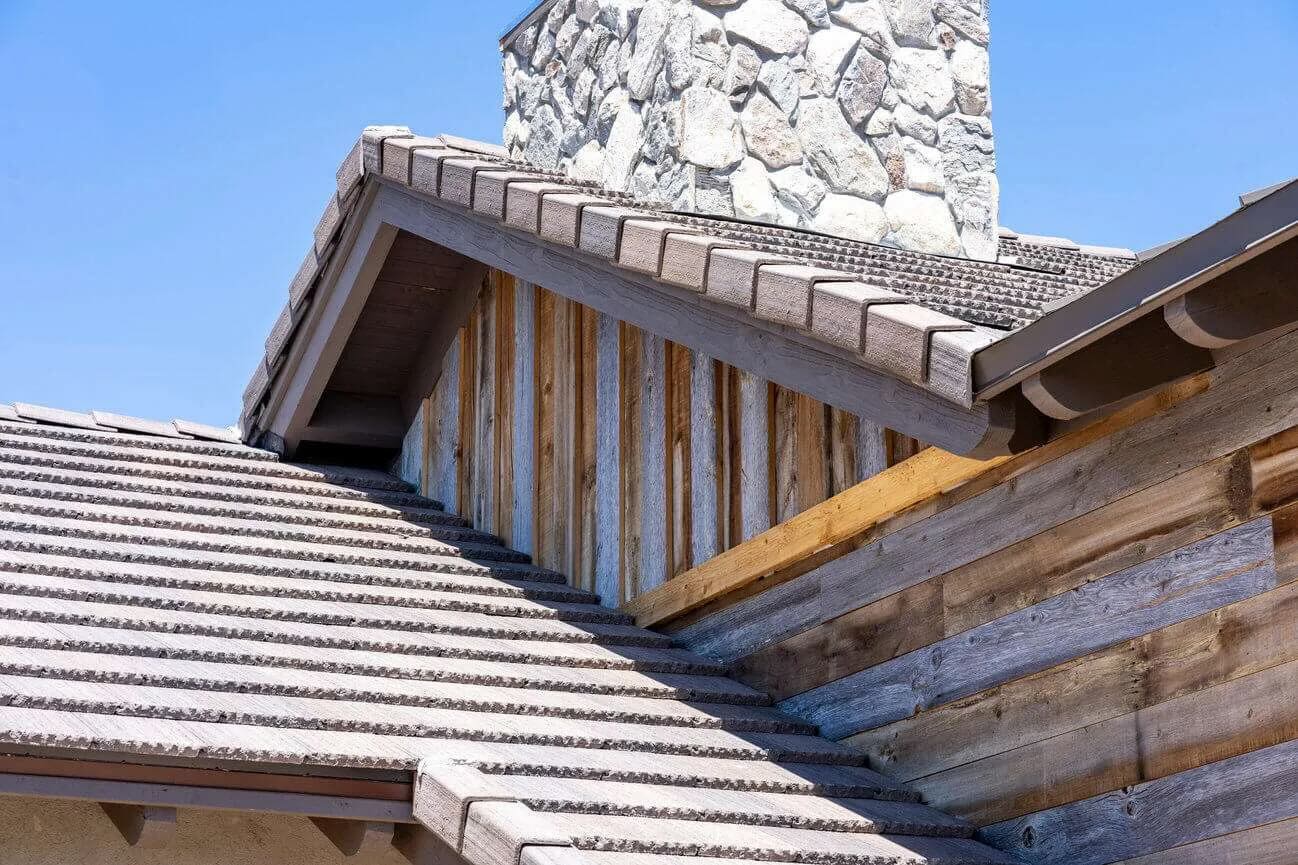

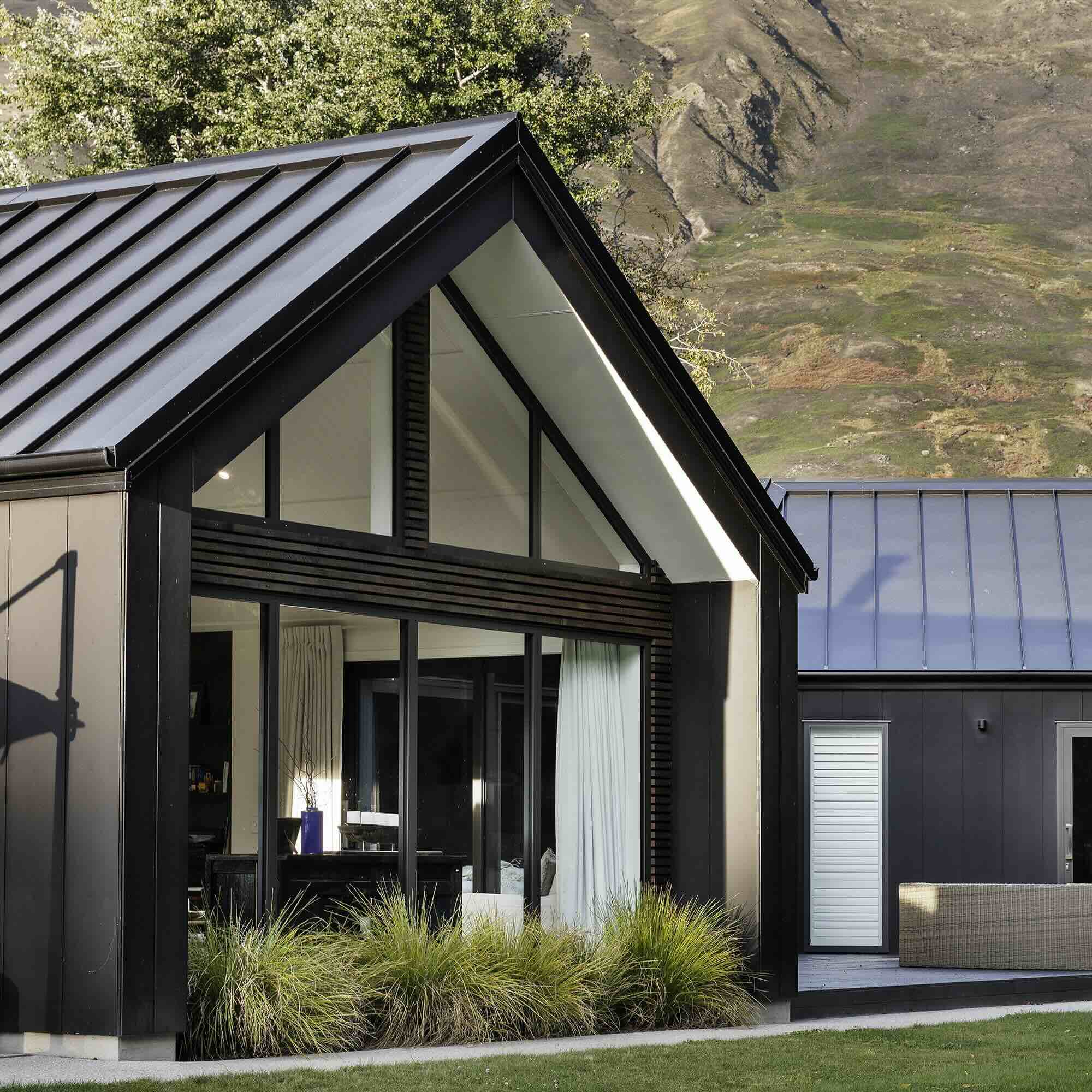
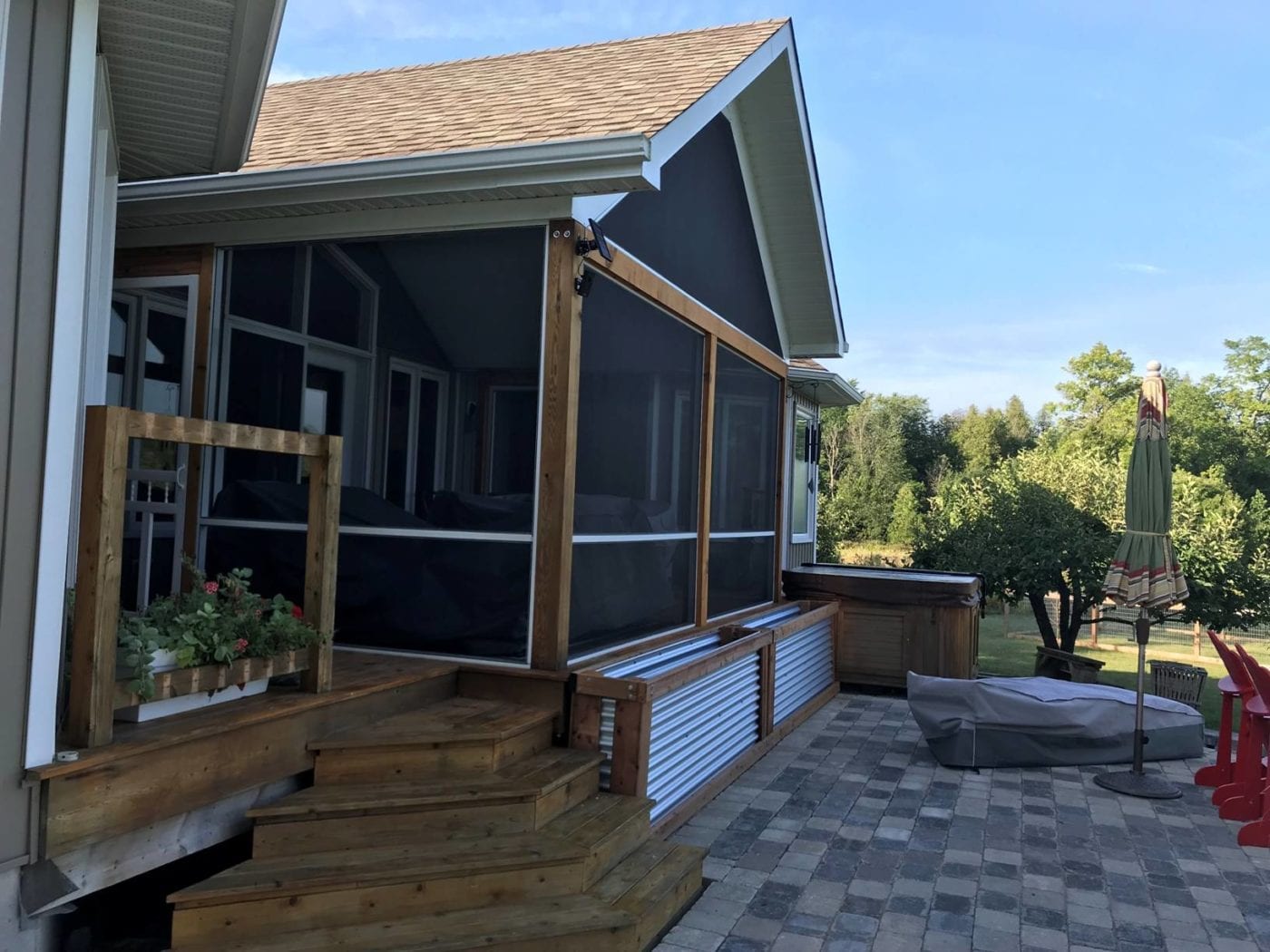

0 thoughts on “What Is A Dutch Gable?”